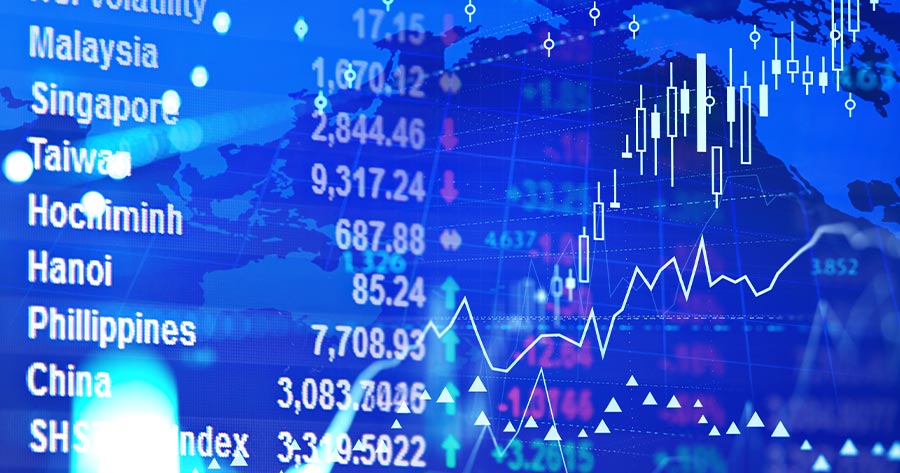On Wednesday morning (5 February, 9:39 AM, GMT+7, Bangkok time), major indices in Asia Pacific traded mixed following Wall Street’s surge despite Trump’s tariffs and China’s retaliatory actions.
Investors are closely monitoring China’s return to trading post-Lunar New Year holidays, with a focus on the market’s reaction to the government-imposed tariffs on U.S. imports in response to the tariff policy sanctioned by US President Donald Trump.
In January, China’s Caixin Services PMI decreased to 51.0 from December’s 52.2, indicating a deceleration in the nation’s services sector.
South Korea’s consumer price index climbed 0.7% monthly and 2.2% yearly in January, surpassing Reuters’ estimated 1.97% rise.
South Korea’s KOSPI jumped by 1.01% to 2,506.71. Australia’s ASX 200 rose by 0.6% to 8,424.4, while Japan’s NIKKEI slid by 0.2% to 38,721.25.
As for stocks in China, Shanghai’s SSEC decreased by 0.36% to 3,239.03. Hong Kong’s HSI contracted by 1.24% to 20,532.98, while Shenzhen’s SZI grew by 0.25% to 10,180.93.
Meanwhile, the US stock markets edged up on Tuesday as the Dow Jones Industrial Average (DJIA) surged by 0.3% to 44,556.04. NASDAQ soared by 1.35% to 19,654.02, and S&P 500 gained 0.72% to 6,037.88. VIX plummeted by 7.57% to 17.21.
As for commodities, oil prices settled lower on Tuesday as an official stated that President Donald Trump intends to reinstate his “maximum pressure” campaign on Iran to diminish Iranian oil exports to zero. This news counteracted some of the negative impact from the tariff tensions between Washington and Beijing. Brent futures for April declined 24 cents or 0.32% to $76.20 a barrel, and the West Texas Intermediate (WTI) dropped 46 cents or 0.63% to $72.70 per barrel.
This morning, Brent futures lost 27 cents or 0.35% to $75.93 a barrel, and the WTI dipped 18 cents or 0.25% to $72.52 per barrel.
Meanwhile, gold futures climbed 0.2% to $2,881.5 per Troy ounce.


